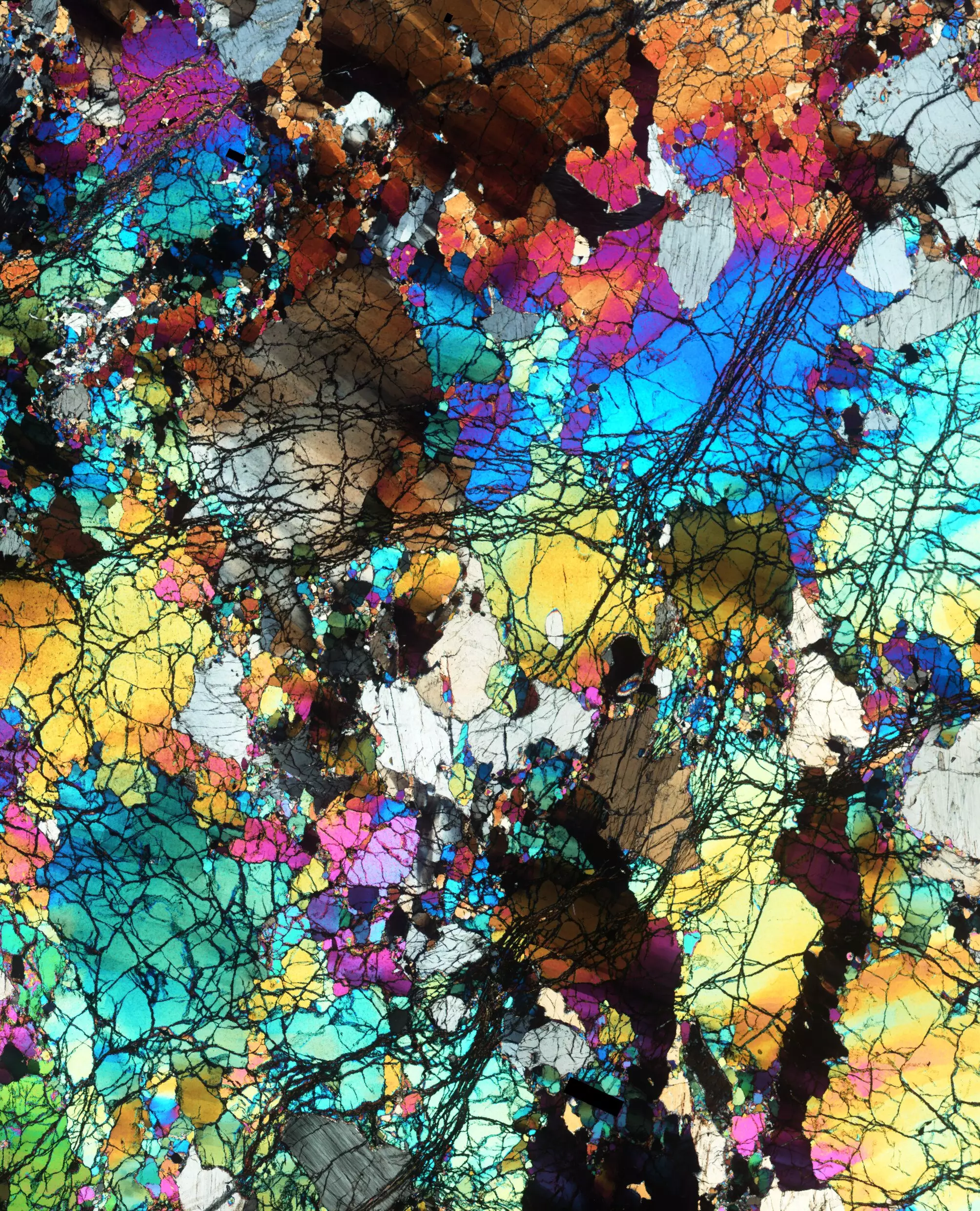Recent revelations from the Smithsonian’s National Museum of Natural History have shed new light on a long-debated aspect of our planet’s history—the chemical stability of Earth’s mantle. By analyzing ancient rocks believed to be over 2.5 billion years old, researchers not only provided insight into Earth’s primordial geological processes but also countered previously established theories regarding the oxidation state of the mantle. This work aligns tightly with the quest to decipher our planet’s geological narrative and could redefine aspects of planetary science that have persisted for decades.
Dr. Elizabeth Cottrell, leading this groundbreaking study, emphasizes how the findings enhance our comprehension of Earth’s evolution, intricately tied to our own origins. Understanding the conditions that have shaped our planet’s interior is crucial for appreciating the complex interactions allowing life as we know it to thrive. The discovery of these seemingly stable oxidation levels raises important questions about our assumptions regarding how geological processes unfold over billions of years.
Diving Deep: The Archean Eon and its Geological Mysteries
This investigation focused on a unique group of mantle rocks dredged from the ocean floor—specifically from two of the world’s slowest-spreading tectonic plate boundaries at the Gakkel Ridge and the Southwest Indian Ridge. The geological significance of the Archean Eon cannot be overstated; during this era, Earth encountered temperatures drastically hotter than today, providing a fertile ground for the study of ancient rock compositions.
Notably, the unique geological properties of these samples suggest a distinctive history of melting deep within the Earth’s mantle. Current models indicate substantial melting occurring at unprecedented depths, preserving these rocks as geochemical time capsules, essentially untouched by subsequent geological changes that characterize the present mantle. The implications are vast: by refining our understanding of these rocks, we could inch closer to revealing the conditions under which early Earth existed, and by extension, potentially informing theories related to planetary formation and evolution across the solar system.
The Oxidation Conundrum: Rethinking Geological Narratives
A striking revelation from the study is the significant evidence suggesting that the oxidation state of the Earth’s mantle has remained relatively consistent over billions of years. Previous discussions in geology posited that oxidation levels were likely to have increased over time due to certain processes like subduction and gas escape into space. The current research leans toward a simpler and more profound assertion: that the Earth’s mantle simply cannot produce the same low-oxidation rocks that it did during the Archean due to a fundamental cooling over eons.
High degrees of melting, as found in the studied rocks, yield much lower oxidation states than what is typically found today. Cottrell’s assertion that parts of the mantle in the Archean produced remarkably less-oxidized rocks has immense implications. Instead of a slow build-up of oxidation over time, it might be that major geological transitions are not reflected in our understanding of oxidation whatsoever. The chemical fingerprint of these ancient rocks provides a clear trajectory that tempers the complex narratives often constructed around the evolution of the Earth’s processes.
Forging New Paths in Geological Research
Building on the momentum of this research, scientists like Cottrell and colleagues aim to simulate the conditions of the Archean mantle in laboratory settings, seeking to replicate the high pressures and temperatures which governed the composition of ancient rocks. By doing so, they’re trying to understand the chemical processes that shaped these primordial fragments of the Earth’s past. The uphill endeavor to elucidate the patterns and processes connected to our planet’s history could potentially unveil secrets about other planets’ formations and the nature of life in the universe.
Such inquiries reflect the underlying aim of initiatives like the Smithsonian’s Our Unique Planet, which strives to discover what makes our Earth a distinct and rare gem in the cosmos. Indeed, the study doesn’t just chart an internal history; it intertwines Earth with the larger narrative of cosmic evolution, linking our geologic history with the broader aftermath of planetary formation throughout the universe.
The implications of this study extend far beyond just academic circles; they resonate deeply with our own identity as a species. Understanding how Earth has maintained its chemical identity through such dynamic changes becomes a reflection of our own journey within that vast timeline. Our relationships with the planet, a key facet of our human story, are intricately woven into the tapestry of these findings. Ultimately, this groundbreaking research reinforces our place within Earth’s ongoing narrative, inviting us to consider not just where we come from, but the very nature of the universe we inhabit.

